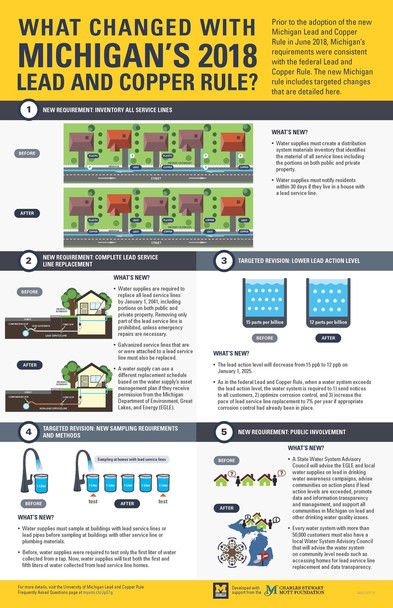|
Pediatric Patients: Bridging the Readiness Gap – Increasing Pediatric Disaster Preparedness in Michigan
Kerry Chamberlain, PhD, MPH - Outreach, Evaluation and Exercise Liaison - Bureau of EMS, Trauma and Preparedness
On June 18, 2019, the Bureau of EMS, Trauma and Preparedness (BETP) held a conference regarding pediatric patient readiness. Approximately 25% of the United State population and just over 21% of the population in Michigan is under 18 years old. While improvements have been made since the beginning of public health preparedness program in the US, there is still more that needs to be done for pediatric patient preparedness. Pediatric patients require special care during emergencies. Needs can vary widely whether the child is an infant or a teenager. Children are different from adults in terms of their physiology and emotional and developmental understanding. Another layer of need is their dependence on others. Compounding the issue of dependence on others is if a child is separated from their family and caregivers during an emergency. These needs make children more vulnerable in disasters which means public health and healthcare partners need to be ready.
Pediatric Patients: Bridging the Readiness Gap – Increasing Pediatric Disaster Preparedness in Michigan>>
Estimating Undetected Ebola Spillovers
Emerging infectious diseases are often not investigated in rural Africa unless outbreaks involve a sizeable number of cases. A number of different Ebola virus disease (EVD) outbreaks have been reported in the literature and in surveillance reports since its discovery in 1976. The majority of the reports are of large outbreaks. Given the low reported rate of transmission of Ebola, and the high frequency with which cases infect no one else, one might expect most outbreaks to be very small (<5 people). This study quantitatively estimates the number of undetected EVD outbreaks or probabilities of EVD outbreak detection by outbreak size. The researchers found that at least half of EVD outbreaks go undetected. The researchers suggest greater investment in primary health care and local surveillance will be important to detect EVD outbreaks early and consistently.
Estimating Undetected Ebola Spillovers>>
Infographic: What Changes with Michigan's 2018
Lead and Copper Rule?
Prior to the adoption of the new Michigan Lead and Copper Rule in June 2018, Michigan’s
requirements were consistent with the federal Lead and
Copper Rule. The new Michigan rule includes targeted changes that are detailed in this infographic.
For more detailed information on the new Michigan Lead and Copper Rule, visit the the Michigan Department of Environment, Great Lakes and Energy Website.
 |